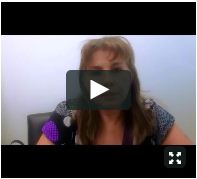If you’re receiving a tax refund this year, the IRS reminds you that you can use it to buy U.S. savings bonds directly from the IRS. Here are the details.
* You may purchase up to $5,000 in U.S. Series I savings bonds.
* The total amount of bonds you purchase must be a multiple of $50. Any refund over the specified bond purchase amount can be deposited in your bank savings account, or you can request a check by mail.
* Bonds will be issued in your name. If you’re married and file a joint return, the bonds will be issued in the names of both spouses.
* The bonds will be sent to you by mail.
* You select this option when filing your 2013 return by using Form 8888, “Direct Deposit of Refund to More Than One Account.”
* Form 8888 gives instructions on selecting this option and specifying the amount of refund you want to use to buy savings bonds.
For additional information about Series I savings bonds, go to www.treasurydirect.gov.




